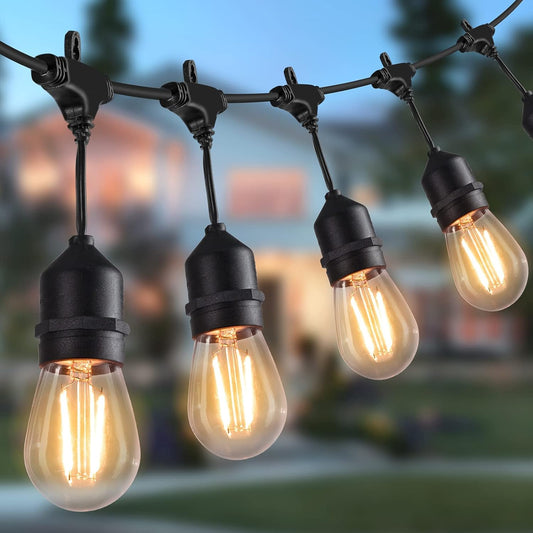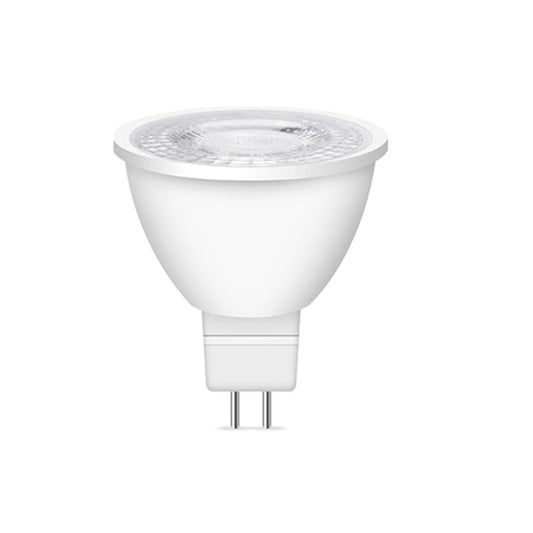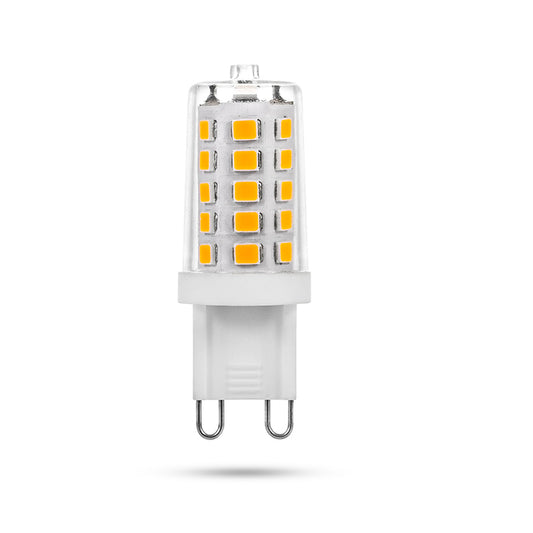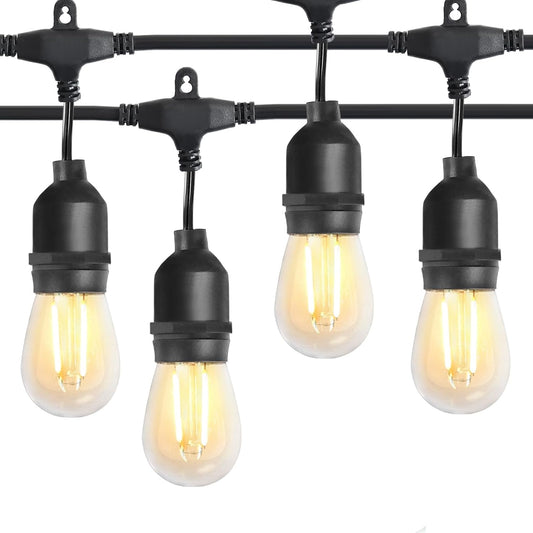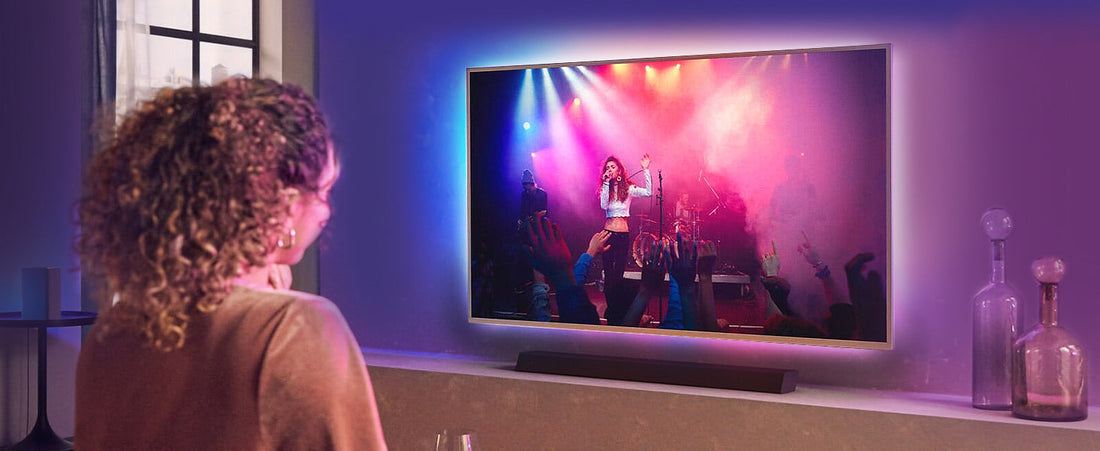
LED Lighting Control Methods Comparison: Choose the Best Option
Remote Control TV Backlight
Advantages:
Ease of Use and Low Learning Curve, Remote controls are typically designed with simple and intuitive button layouts, allowing users to easily adjust brightness, color, or modes with the press of a button. This is especially user-friendly for individuals who may not be tech-savvy, such as the elderly or children.
No Network Dependence, Remote control systems use infrared (IR) or radio frequency (RF) technology, which operate independently of an internet connection. Even if there is no Wi-Fi or if the network is down, the light strip can still function. This makes it ideal for environments with poor or unstable network coverage.
Instantaneous Response and Low Latency, When using a remote, commands are transmitted almost instantaneously through IR or RF signals, providing near-real-time feedback. Compared to APP control, which may experience slight delays due to network latency, remote control offers a more direct and immediate user experience.
Independent of Other Devices, Remote controls are standalone hardware devices that don’t rely on smartphones or tablets. Users don’t have to worry about issues like smartphone battery life or operating system compatibility. This independence is well-suited for simple control scenarios, such as turning the lights on or adjusting brightness.
Disadvantages:
Limited Functionality for Complex Needs, Remotes generally offer basic functions like brightness adjustment, color changing, and mode selection, but they lack advanced features such as scheduling, scene presets, or gradual lighting effects. For users seeking more complex lighting customization or smart home integration, the functionality of a remote control is inadequate.
Easily Lost or Damaged, Physical remotes are small and can easily get lost. They can also be damaged over time, requiring replacement, which may not be immediate and could incur additional costs.
Limited Range of Control, Infrared remotes require a direct line of sight to the receiver, and their control range is typically limited to about 5-10 meters. While RF remotes extend the control distance, they may still be affected by obstacles or interference, and cannot penetrate walls effectively.
APP-Controlled TV Backlight
Advantages:
Comprehensive Functionality and Customization, APP control allows for a much wider range of functionalities, offering users fine-tuned control over RGB colors, dynamic lighting modes (e.g., breathing, gradient effects), and scheduling features. Users can even create custom lighting presets based on specific needs (e.g., movie mode, gaming mode), greatly enhancing the overall experience.
Remote Control Anytime, Anywhere, With an APP, users can control the TV backlight from anywhere, as long as there’s an internet connection. This means that even when you're away from home, you can still turn the lights on/off or adjust settings remotely, providing unparalleled convenience and flexibility.
Smart Home Integration and Voice Control Support, Many APP-controlled light strips can be integrated with smart home platforms such as Amazon Alexa, Google Assistant, or Apple HomeKit. This enables voice control and allows the lights to be synchronized with other smart devices in the home, such as thermostats or curtains, for a fully automated home environment.
Firmware Updates and Performance Optimization, Through the APP, manufacturers can push firmware updates to the light strip, enabling new features and performance improvements without requiring any hardware changes. This makes APP control more future-proof, as new capabilities can be introduced via software updates.
Disadvantages:
Network Dependency and Potential Connectivity Issues, APP control typically relies on Wi-Fi or Bluetooth connectivity, and the quality of the network directly impacts the user experience. If the network is unstable, users may experience delayed responses or, in the case of total disconnection, a complete loss of control. While Bluetooth offers a solution without internet, it has a short range of about 10 meters.
Complex Setup Process, Unlike plug-and-play remotes, APP-controlled devices require an initial setup process that includes downloading the APP, registering an account, pairing the light strip, and configuring network settings. For users unfamiliar with smart devices, this setup process may feel complicated and overwhelming.
Device Dependence and Battery Limitations, APP control requires a smartphone or tablet, which means users are dependent on the functionality of these devices. If the smartphone runs out of battery, gets lost, or malfunctions, users may lose access to controlling their light strip. Moreover, compatibility issues may arise between different smartphone operating systems or APP versions.
Data Privacy and Security Concerns, Since APP control involves internet connectivity, users' data (such as lighting settings, usage patterns, or personal details) may be collected and stored in the cloud, raising concerns over privacy. Additionally, if the APP or manufacturer’s security protocols are not robust, the light strip may be vulnerable to unauthorized access or hacking.
Conclusion:
Remote control is best suited for users looking for simple, direct, and stable control, especially in environments with poor internet connectivity or when only basic functions are required. However, it lacks the depth of functionality and personalization options.
APP control provides a more sophisticated and intelligent control experience, ideal for users seeking customization, remote access, and smart home integration. It is, however, more reliant on network stability and involves a more complex setup process.

